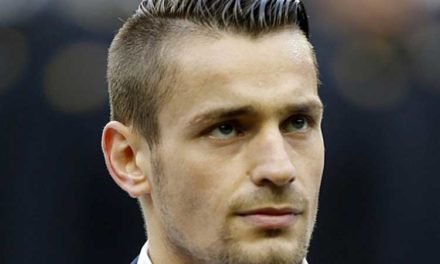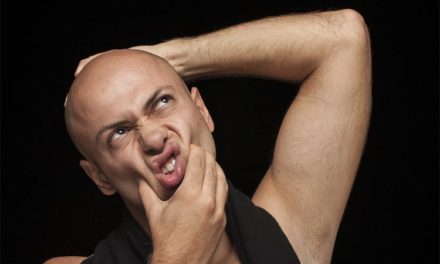Hair Transplant has been emerging as a viable option for those gradually losing or have lost their hair. It is also a good choice for people who wish to modify their hairline or get a good-looking mane. However, you might have many questions before you get the procedure done. This article will cover the necessary parts of hair transplants and the associated advantages and drawbacks.
Hair Transplant procedure
Hair transplant is considered a surgical procedure that consists of eliminating hair follicles from a site on your body, such as your legs or face and then planting the same hair on the hairless location. The same procedure can also be applied for transplanting hair for eyebrows and eyelashes.
The current techniques being used are of a permanent nature and make use of follicular clusters of hair. The procedure is also called FUT or Follicular Hair Transplantation. The process can be done in two ways:
- Strip Harvesting: In this method, skin strips with good hair growth are applied on balding sites.
- FUE or Follicular Unit Extraction: This procedure uses hair clusters, and their roots are detached manually and then applied to the balding area.
Surgeons prefer using strip harvesting. The scar at the donor site is also very slim and generally unnoticeable. You can expect a recovery in less than two weeks.
Hair Transplant steps
We have listed down the chronological sequence of the steps that happen when you go for hair transplant in Turkey :
- Doing the necessary preparations for the hair transplant: The first step of hair transplant surgery is to eliminate the hair follicles existing on the back of the head and transfer them to the hairless sites.
- Trimming the donor area: Before beginning the surgery, all hair in the donor area is cut.
- Preparing the donor area for surgery: After all the hair in the donor area have been trimmed, local anaesthesia is applied.
- Tissue from the donor site is removed, and the donor area is then sutured. All the sutures in the donor site are concealed from the patient’s hair. These sutures are released only after ten days of the surgery.
- Preparation of the recipient hairless site: After applying local anaesthesia, the surgeons prepare the balding place to undergo the surgical procedure. However, there is no requirement for removing or trimming hair from the upper portion of the recipient site.
- Incisions are done on the balding sites. Follicular unit grafts are applied to the small incisions of the recipient site.
- Grafts are given a place depending upon their densities. The grafts that are the smallest in size are placed at a position that should be in front of the patient’s hairline. The two denser grafts are placed behind these.
- Concluding the hair transplant surgery: Nothing needs to be done for the incision marks, and they heal by themselves without any outside influence. If there is any redness in the recipient site, it goes away in less than a week.















